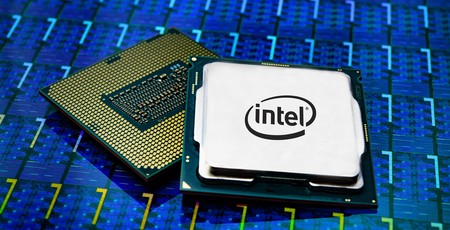
While Intel is far from being the loser in the current processor market, AMD has made huge gains compared to its first-gen Ryzen CPUs, and now the blue team rarely has a significant advantage, especially at the same price point. It might try to deny the situation externally, but with price drops on a practically unheard of scale occurring across Intel's desktop lineup, it's fairly clear that the company feels the pressure and is doing the only thing it can do at the moment to make its processors more attractive.
Take the Core i9-9900K, for example. It now costs £100 less than it did at launch 10 months ago. That might seem a long time, and it is, but Intel isn't usually in the habit of cutting prices that much, especially for its more premium products. The Core i5-9400F, which is a hugely popular, low-end, 6c/6t CPU, has seen its price cut from closer to £200 at the beginning of the year to under £150 today. The Core i7-9700K has fallen from close to £500 at launch to less than £370 today. £100 or so has also been shaved off several HEDT processors such as the Core i9-9820X. If you're not new to the industry, you'll know just how rare price drops of this scale are with Intel.
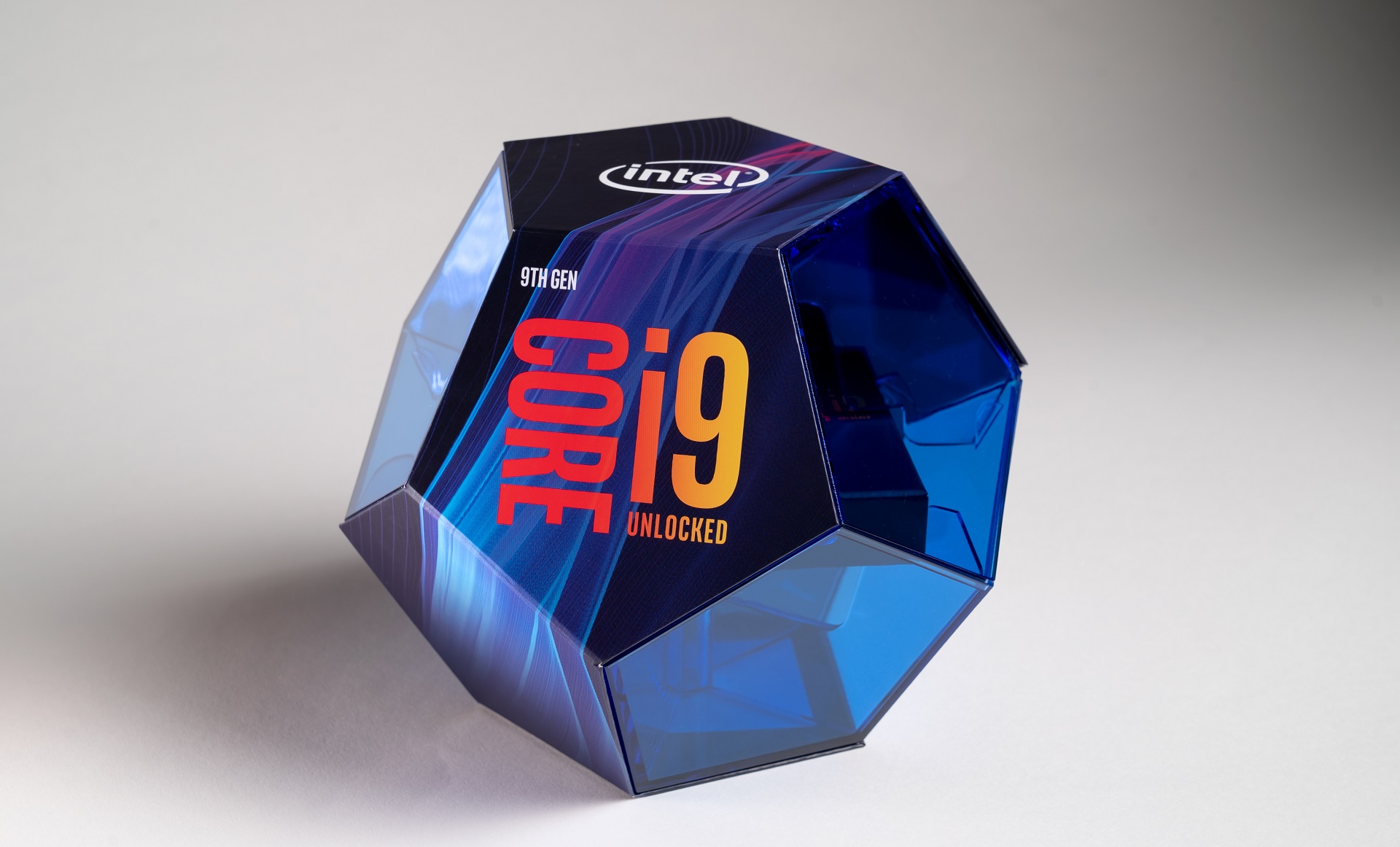
Even so, the value of its CPUs is still poor compared to AMD, especially when it comes to multi-threaded workloads, and that gap continues to widen - as we saw with every one of our recent 3rd Gen Ryzen reviews. Since value is ultimately a question of price:performance, Intel can do two things here, the first being to cut prices even further, as even the large drops just mentioned aren't really enough. The second thing it can do, of course, is to increase the performance on offer, although this will need some radical changes given that a die shrink and/or architecture shift still seem some way off for the desktop.
Rumours are that Intel has a 10-core mainstream desktop CPU in the works, but offering that alone will merely grab headlines, not remedy the rest of the product stack. Adding two more cores to the flagship CPU will likely give the Ryzen 9 3900X a run for its money, but a lot depends on price too, else it will find itself in exactly the situation it's in at the moment - selling some good products but asking too much for them.
Two things got me thinking about a solution to Intel's problems recently. Firstly, a supposed leak that revealed a host of new Comet Lake CPUs, which ultimately turned out to be a likely fake. Second is a recent conversation I had with Intel's senior Principle Engineer, Israel-based Ophir Edlis, who, when asked about delays to 10nm, asked me whether I thought they needed 10nm in order to ramp up performance. It was an interesting question, and honestly I feel that it doesn't need to. If it can offer significantly better performance with an architecture change or another radical move, then I don't really care. Sure, there are lots of AMD fans out there that like to poke fun thanks to Ryzen already sitting on 7nm, but it does so at much lower frequencies. In fact, Ryzen overclocking headroom has always lagged behind Intel. Also, since when do PC enthusiasts put lithography and power consumption at the top of their priority lists (preach! - ed.)? I know I don't, so long as the performance is there, of course.
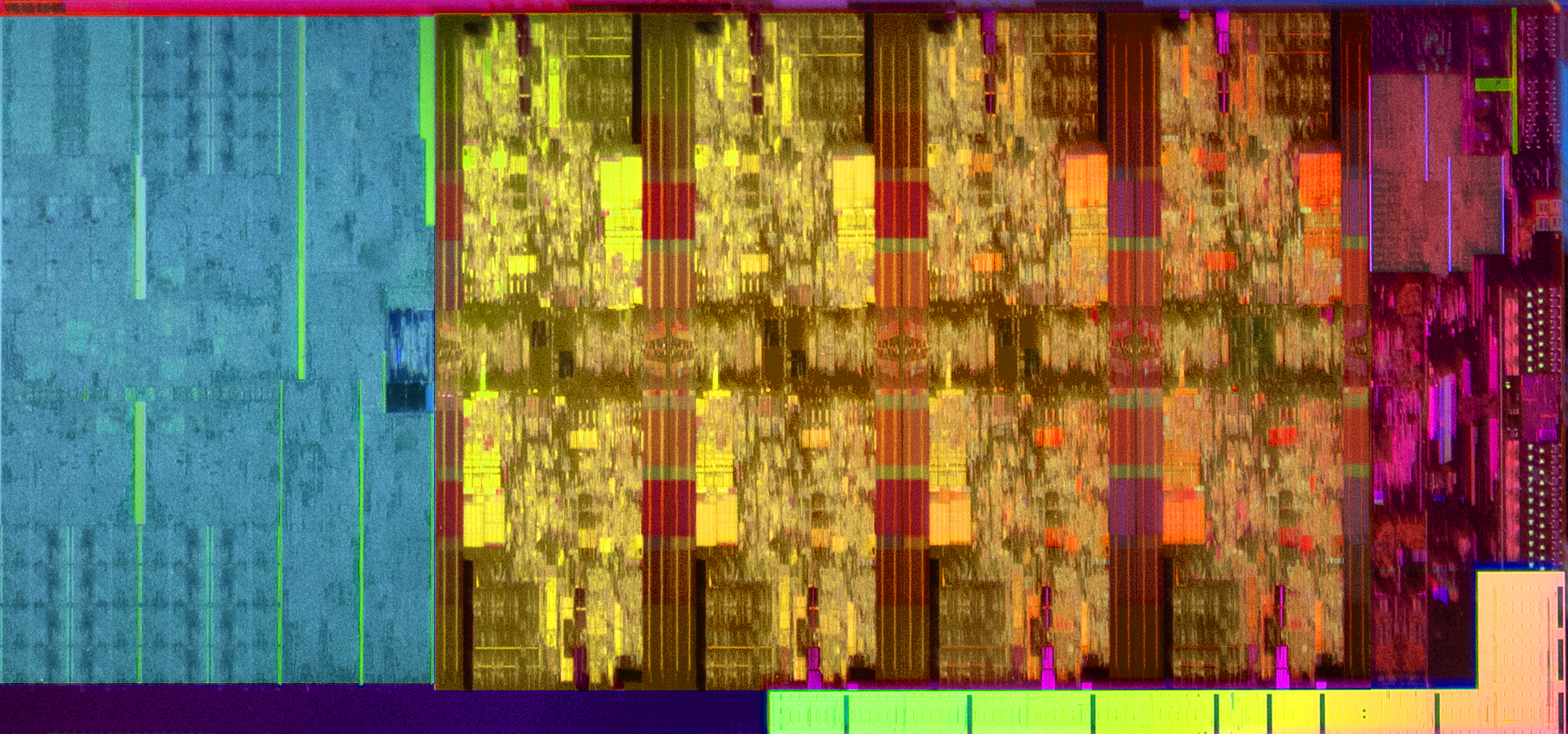
However, it's rather ironic that the chart of new CPUs was likely a fake, because I think the changes revealed in the chart are actually exactly what Intel needs to do - and they can be done without a manufacturing process shrink. The chart showed a host of new CPUs with a trio of 10-core models at the top at seemingly very attractive price points. The slide gained huge amounts of traction until several inconsistencies were found that raised questions over its authenticity, but one thing stood out as a logical and profound move for Intel: enabling Hyper-Threading on its entire product stack.
As we saw with its 9th Gen CPUs, Intel limited Hyper-Threading to the very upper echelons of its product stack, meaning that there were no Core i5 or Core i7 mainstream desktop CPUs with more threads than they had cores. This massively hampered those CPUs in the one area where they now really need extra clout - multi-threaded performance. The Core i5-9600K is hugely underpowered as a result and only worth considering as a pure gaming chip, and the same could be said of the Core i7-9700K, although its eight cores do at least pack a bit more punch outside of games. Imagine, though, if Intel did enable Hyper-Threading for all of its current desktop CPUs. Combined with slightly higher frequencies thanks to a whole load of plusses after that 14nm sign, Intel would receive a huge boost to multi-threaded performance. For example, a Core i9-9900K, which is pretty much a Core i7--9700K with Hyper-Threading enabled, is over 30 percent faster than the latter CPU in Cinebench. As long as prices didn't skyrocket, this is exactly the kind of move the company should be making until it gets 10nm and a new architecture out the desktop door.
For me, it wouldn't matter at all that they were 14nm parts. Having massively boosted multi-threaded performance and 10c/20t monsters at the top would definitely shake things up, allowing Intel to appeal outside of games and reign in AMD's multi-threaded performance advantage. I'd be interested to hear if you think this would be a good move from Intel, what other changes you think it needs to make, and whether moving to 10nm is over-hyped or a necessity for it to be able to compete with AMD.

MSI MPG Velox 100R Chassis Review
October 14 2021 | 15:04

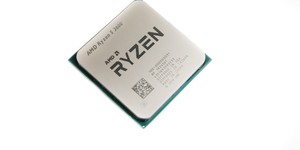
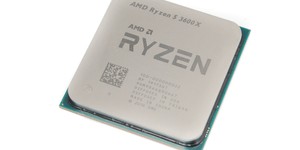
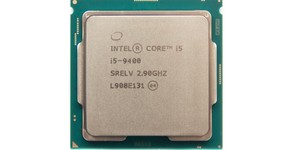




Want to comment? Please log in.